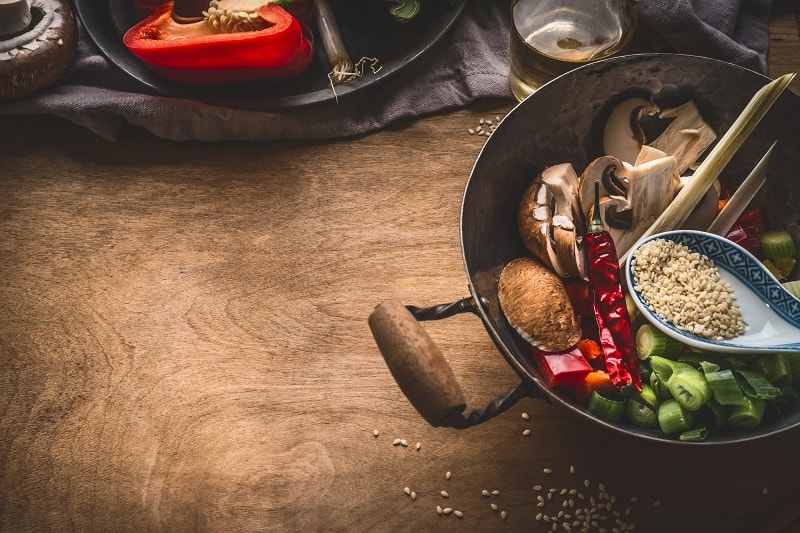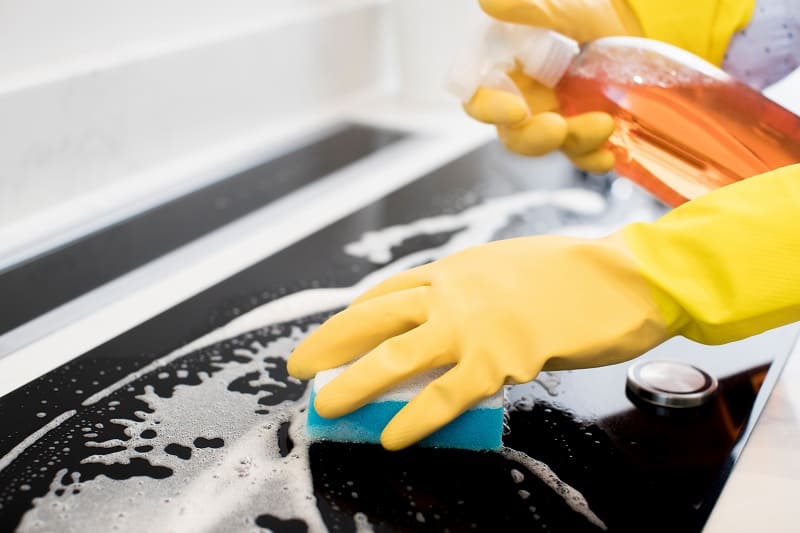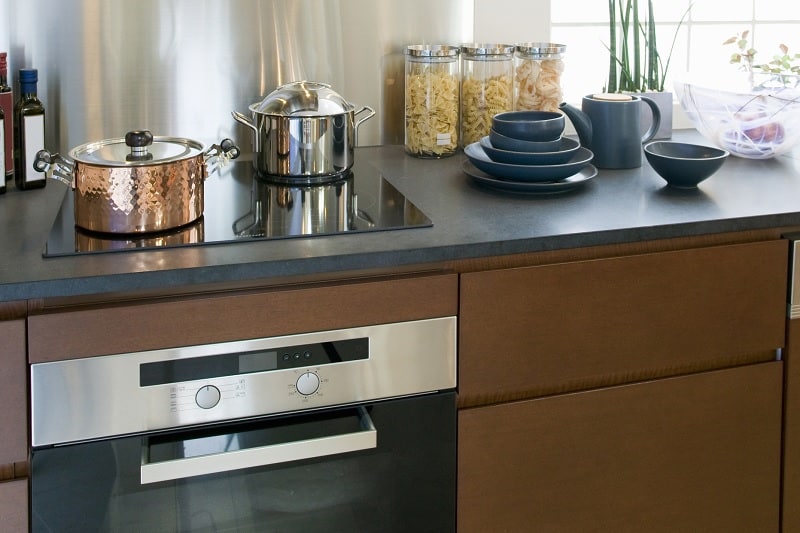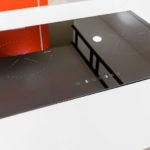Induction hobs are very different to traditional hobs. If you’ve just moved into a new home, you may be wondering whether you have an induction hob or a more typical electric hob. They can look very similar to non-induction ceramic hobs, but they function differently.
If you are wondering whether or not your hob is an induction hob, hopefully this article will help clear things up.
What Is an Induction Hob?
As I said earlier, induction hobs work differently to conventional hobs. Unlike other hobs, induction hobs heat the pan directly, ran than heating a hob ring that then heats the pan.
An induction hob does this, not by magic, but with the use of magnets. So, a magnetic field is created under the surface of the hob that is activated when you put your pan on the hob, as long as the pan in question is magnetic.
Once the pan is on the hob, the circuit is completed, and the hob begins to heat up the pan. However, if the pan isn’t magnetic, the induction hob won’t start heating up.
What Does an Induction Hob Look Like?
An induction hob looks just like a regular ceramic glass electric hob, with a smooth black surface. You normally can’t tell if a hob is an induction hob just by looking at it, as both induction and non-induction ceramic hobs look the same.
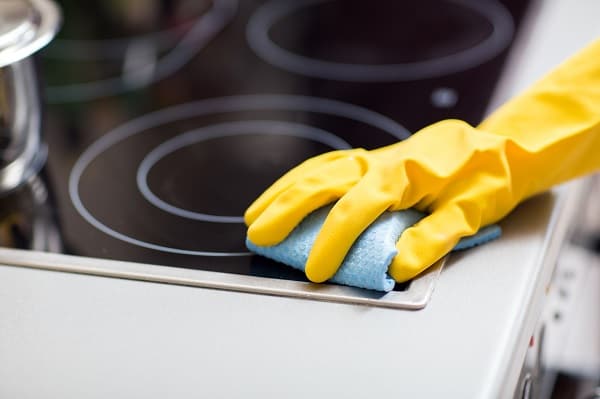
How Do I Know If I Have an Induction Hob?
The easiest way to tell that your hob is an induction hob is to see if it only works with magnetic pans. If it only works with magnetic pans, it is an induction hob. If it works will all kinds of pans, it is a regular electric hob.
If you’ve just moved and your hob doesn’t appear to be working, ensure that your pans are magnetic. You can simply take a fridge magnet and test the bottom of the pan if the magnet doesn’t stick, then your pan isn’t suitable for the induction hob, and so it won’t work.
Of course, you may just have a faulty hob in your home too, so don’t get carried away and go and buy a full set of pans suitable for induction hobs before you test that the hob does actually work!
So, if you have used the fridge magnet trick above and confirmed that your hob is indeed an induction hob, you may want to know some advantages and disadvantages of having an induction hob rather than a regular electric hob, you can find these below.

Advantages of Induction Hobs
1. Speed
Induction hobs are fast! Because they transfer all the heat to the pan rather than the ring, they heat up quickly and can even boil small amounts of water faster than a kettle! This gives you a similar level of control as a gas hob.
2. Responsive
Induction rivals even gas hobs for its responsiveness. You see, the moment you turn the heat down on an induction hob, the pan cools down because the heat is directly in the pan. So, you’ll never have pasta throwing water all over your hob again!
3. Energy efficiency
Of course, one thing that no one can argue that induction hobs do better than gas is energy transfer.
There is hardly any energy wasted with an induction hob, whereas with gas hobs, the whole kitchen can heat up and that is all wasted energy and money that should be staying in the pan! With an induction hob, you can use any ring for any sized pan or pot and only get the heat you need.
4. Very easy to clean
As induction hobs are flat and cool down quickly, they are far easier to clean than gas and traditional electric hobs. You can clean an induction hob with a few simple steps.
5. Easy to use
Once you get the right pots and pans, induction hops are a joy to use and will become a staple in your cooking.
Plus, with certain induction hobs, you don’t even need to put your pans on a ring, the whole surface can heat up meaning you can have loads more pans on the surface heating up food, making induction hobs perfect for Christmas dinner or any large family meals!
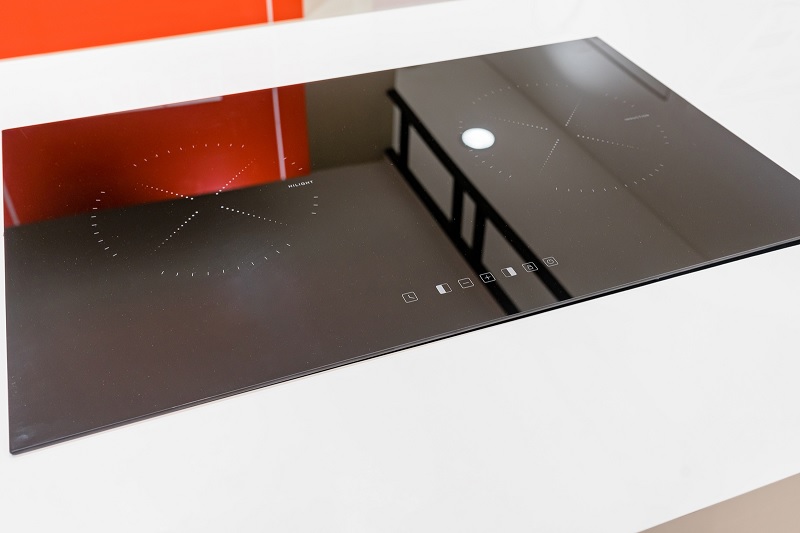
Disadvantages of Induction Hobs
Of course, just like any other hob, an induction hob does have its drawbacks.
1. Cost
Induction hobs cost the most to buy out of any hob type on the market. This is because induction is a relatively new way of cooking, so you have to pay for the technology.
However, if you’ve just moved into a home with an induction hob, this doesn’t concern you, and the costs of an induction hob can be outweighed by the practicality of having such a versatile hob in your home.
While induction hobs are more expensive to buy than solid plate electric hobs, they are cheaper to run since they are more energy efficient.
2. Pans
Of course, if you have moved in and found an induction hob, you might need a whole new set of pans! However, you may already have magnetic pans and not know about it, so do the magnet check before you splash out on some induction pans!
Now the pans and pots for these hobs aren’t cheap, but if you are looking at getting an induction hob, some companies like Neff, for example, do have deals throughout the year where you can buy a hob and get free pans, so it is worth keeping an eye on induction hob deals.
3. Installation
Most induction hobs require an electrician to fit them as they have special electrical requirements. This, of course, can put the price of an induction hob up a bit.
Conclusion
I hope this has helped you if you have an induction hob in your home or not. If you would like to give your induction hob a try and you don’t have magnetic pans right now, explore our website further for the best saucepans for your induction hob.
If you don’t have an induction hob but would like one now you know more about them, check out our list of the best induction hobs in the UK.

Chef’s Pick is your guide to the best kitchen equipment and appliances in the UK.
We help you understand the confusing world of cookers, ovens and cookware so you can get the most out of your kitchen.



